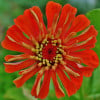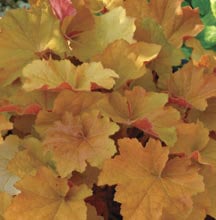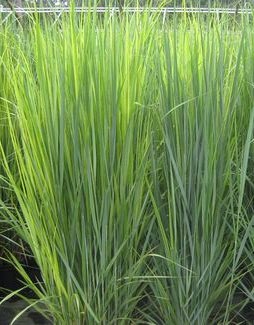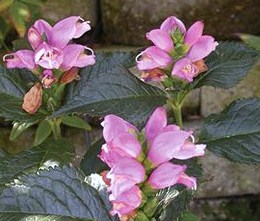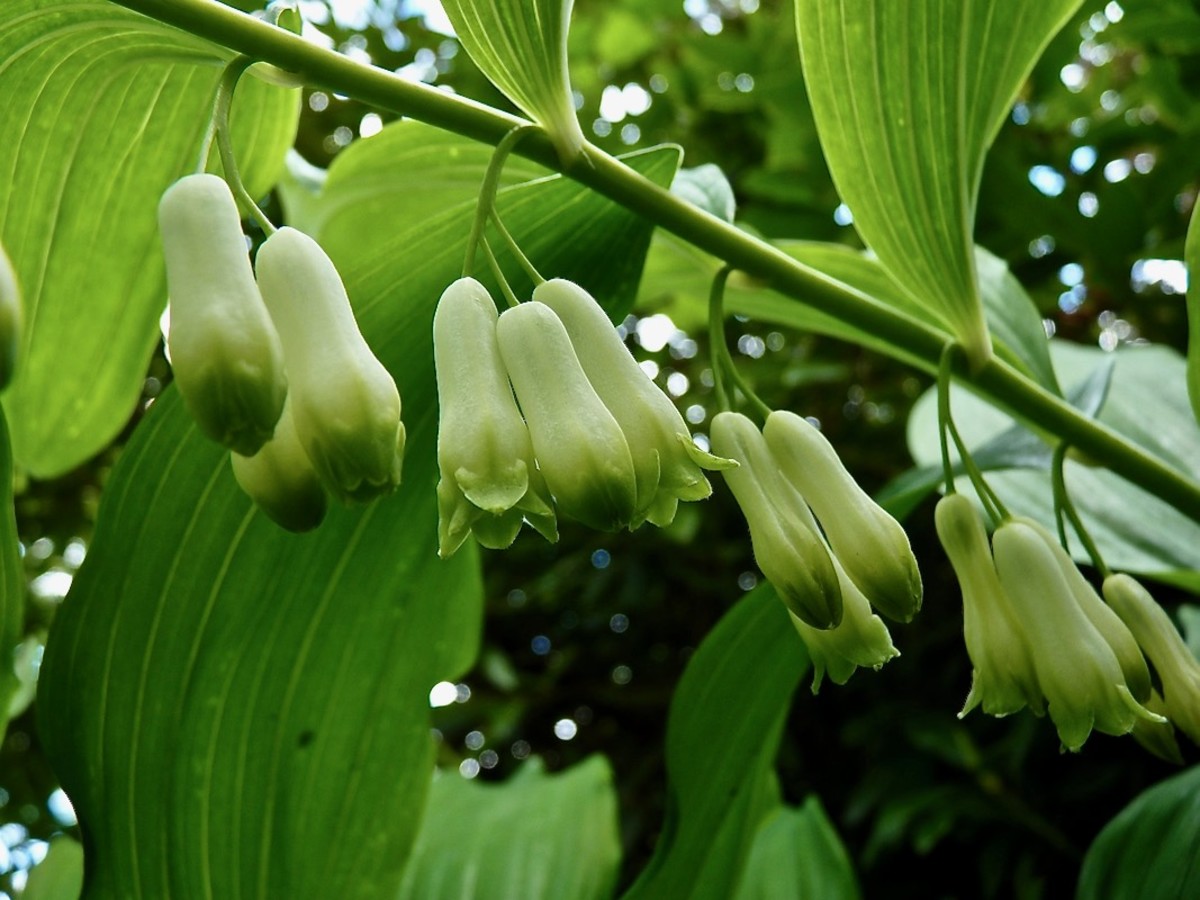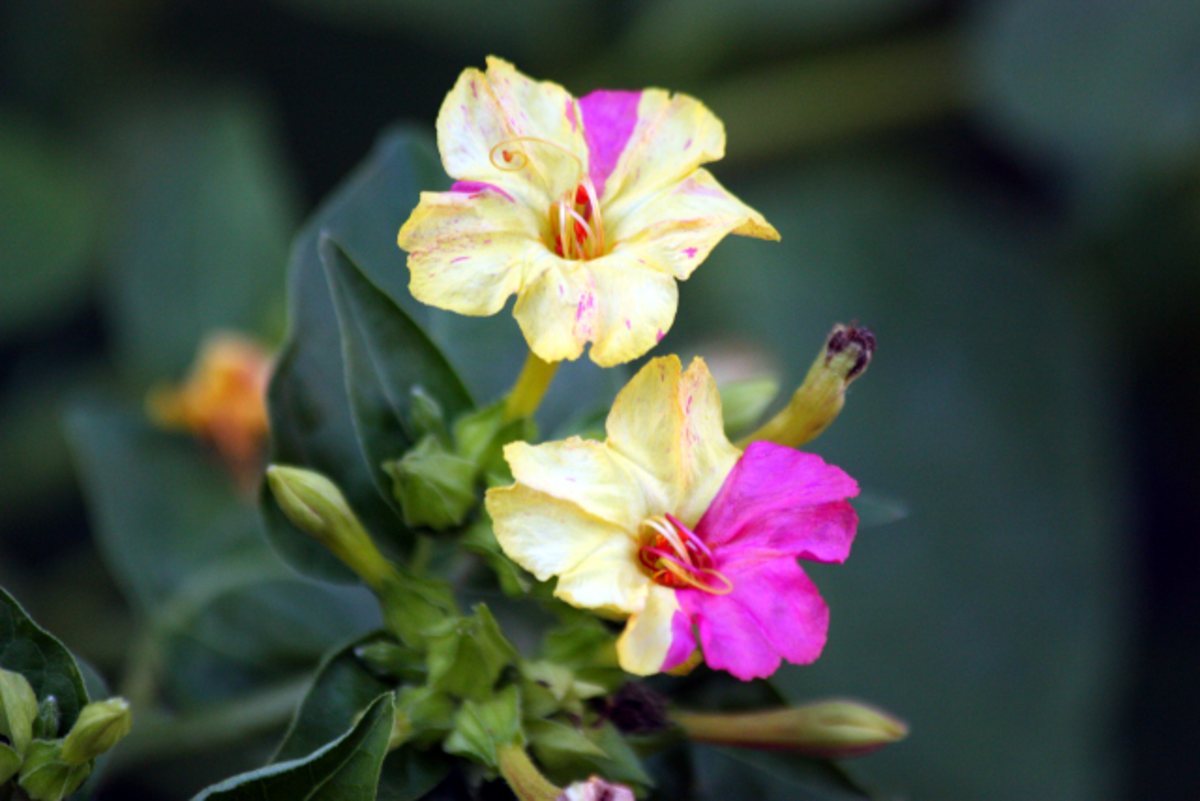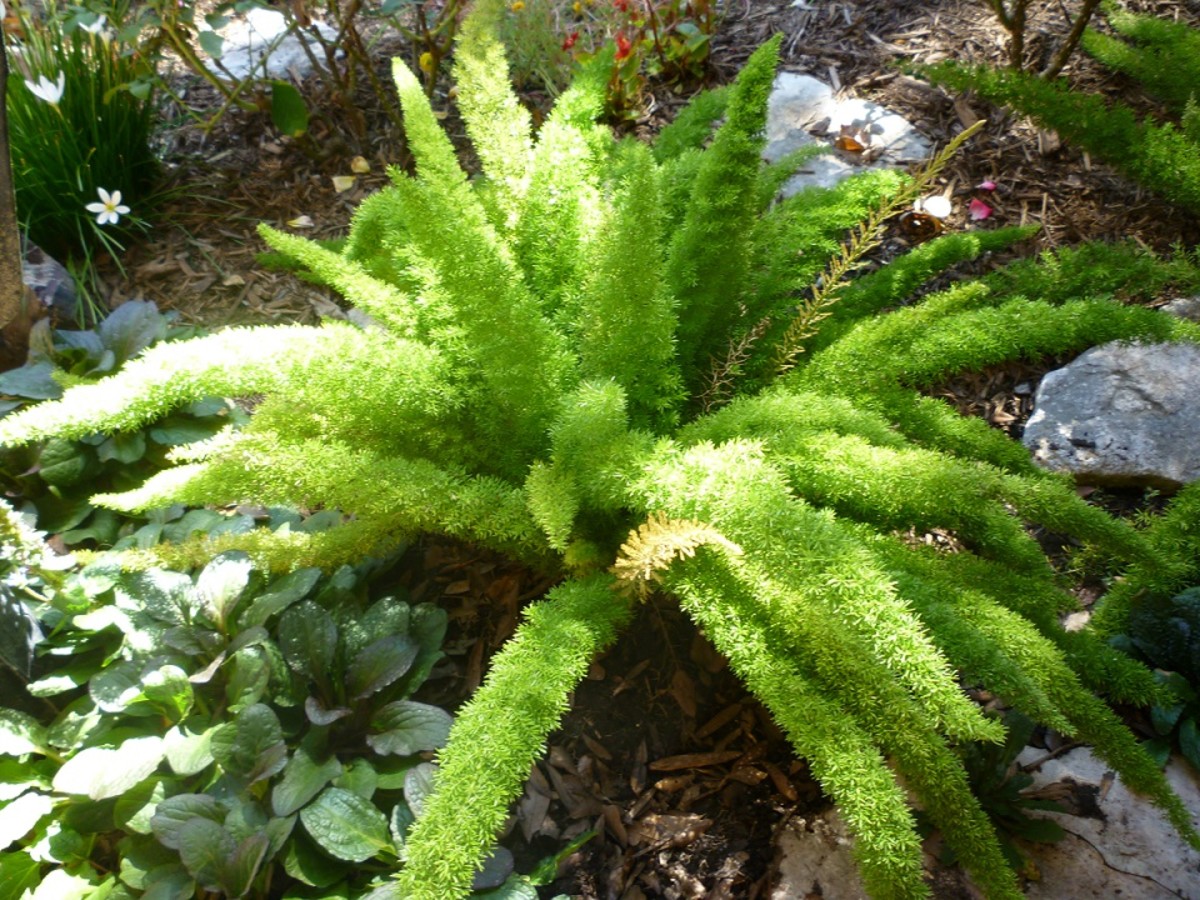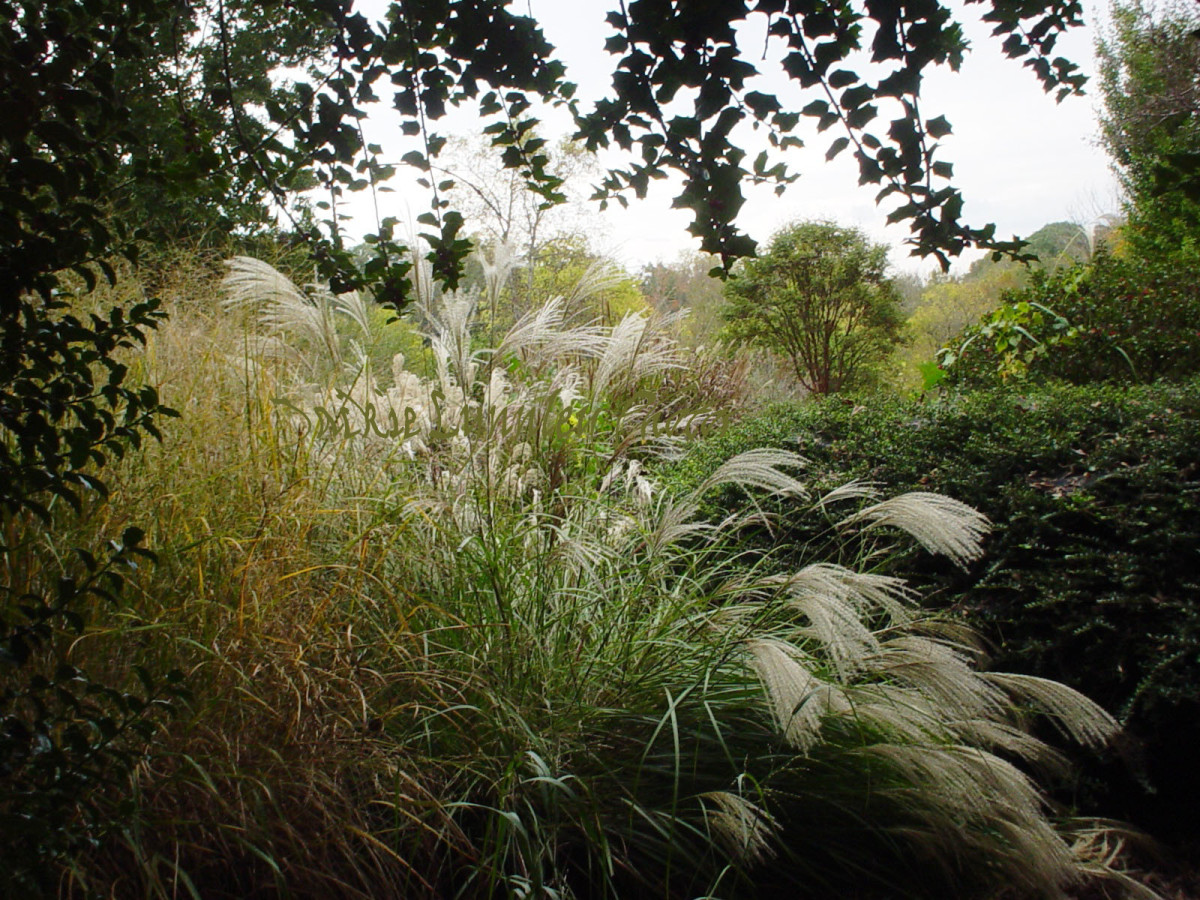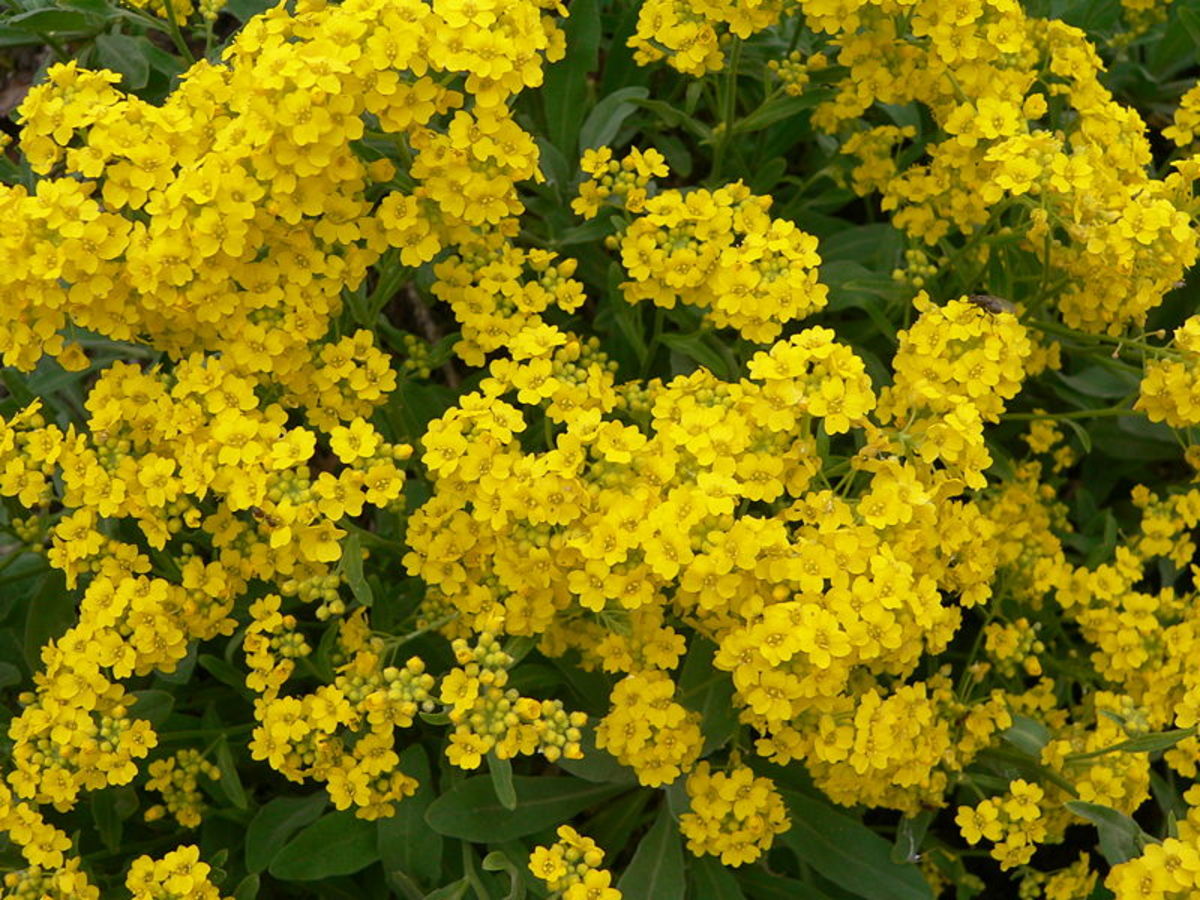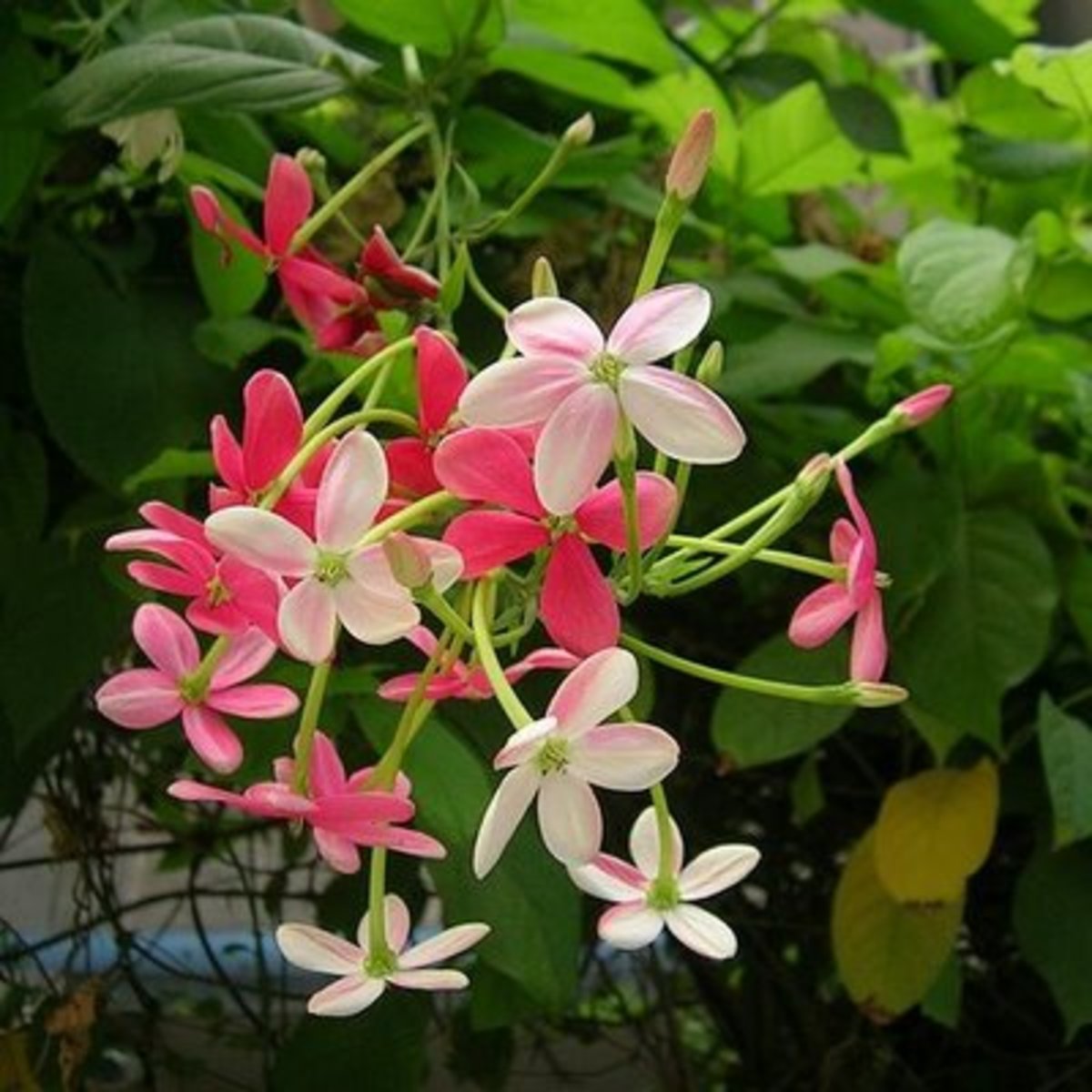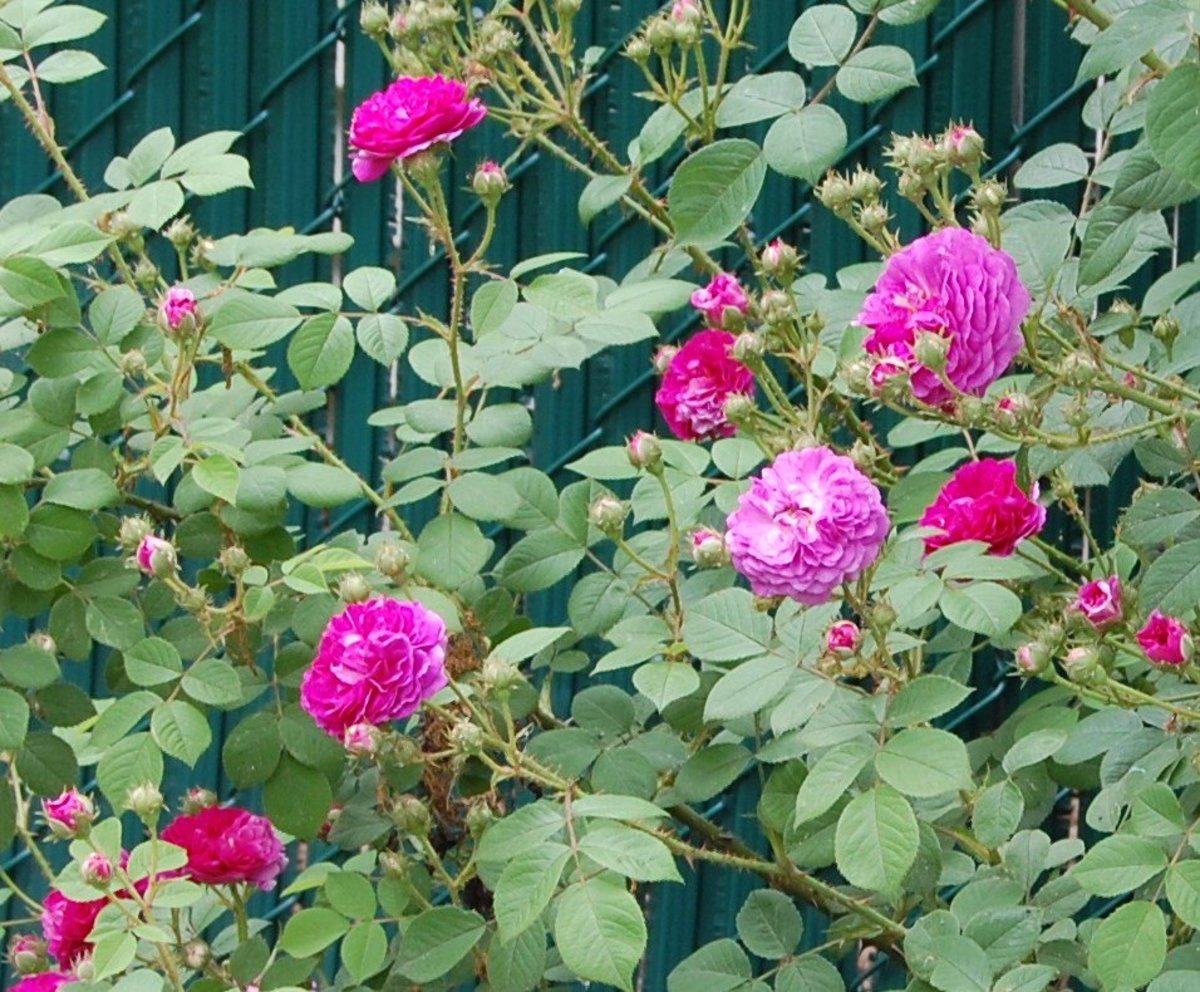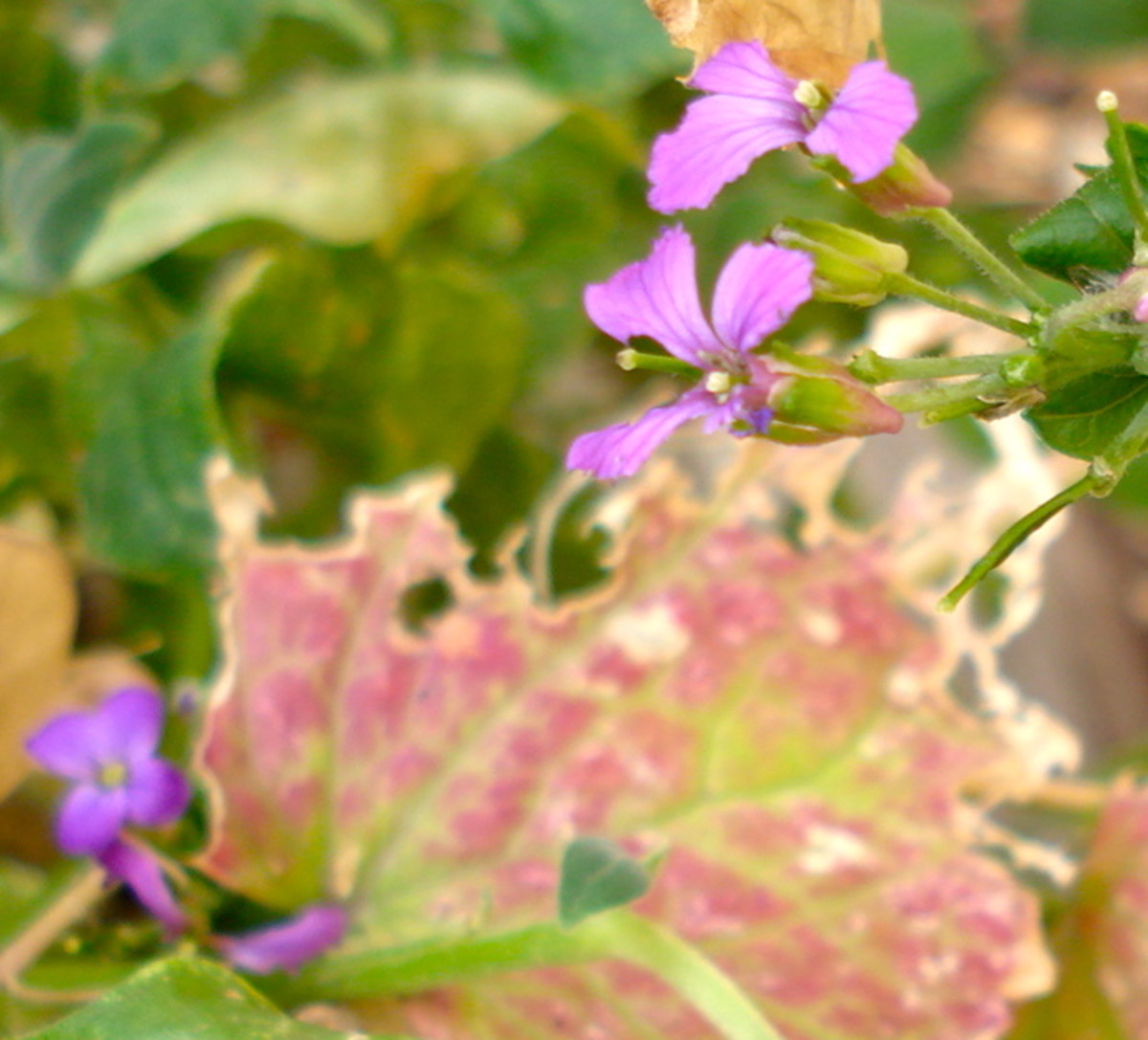Jack Frost, 2012 Perennial Plant of the Year
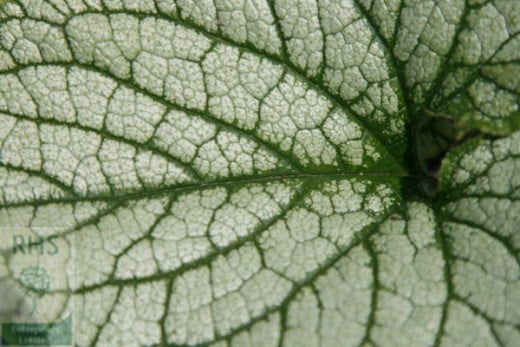
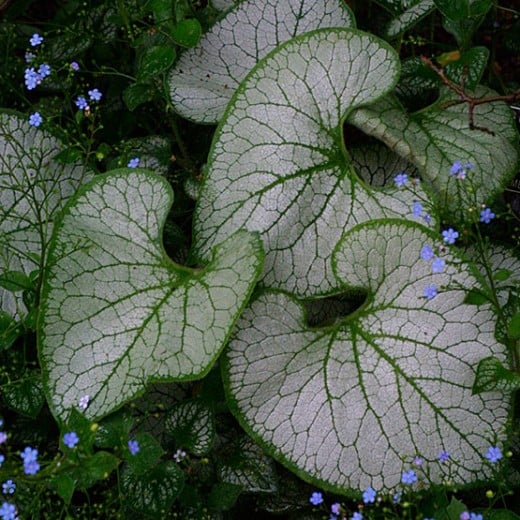
Brunnera macrophylla 'Jack Frost,' the Perennial Plant Association's 2012 Perennial Plant of the Year, is a gorgeous low-maintenance shade perennial.
All candidates for Perennial Plant of the Year are easy to grow and easy to propagate. They perform well in a wide range of climates, and they add interest to landscapes throughout several seasons of the year.
Jack Frost, a.k.a. Siberian Bugloss, is no exception. Here are four great reasons to grow it.
Why Grow Jack Frost?
It's absolutely gorgeous.
For most of the year, Jack Frost's foliage makes it a standout plant. Its leaves are big and silvery white with green veins and deep green edges.
In spring, Jack Frost's blossoms steal the show as clusters of pretty blue flowers develop on long stalks that rise several inches above its intricately patterned leaves.
It's very versatile.
Brunnera macrophylla can perform so many functions in a shady landscape!
Use it as a groundcover, border plant or bed filler. It grows quickly, reaching 12 to 18-inches tall with a spread of about 18 inches. It also self seeds readily, so it's easy to naturalize. Jack Frost even grows well in containers!
Grow Brunnera Cultivars

It's shade tolerant.
Like all Brunneras, Jack Frost is a shade-loving woodland perennial that grows best in rich, consistently moist soil. In warm climates, such as the southern U.S., it grows best in full shade. In colder climates, it prefers morning sun.
It requires little care.
Once Jack Frost is established, it requires little care. In early spring, cut back its old leaves. In climates where winters are harsh, mulch it in the fall to provide protection during cold spells.
Other Top Candidates for 2012 Perennial of the Year
Each year, members of the Perennial Plant Association vote on four perennials. In 2010, Jack Frost was among the top contenders for the award, but Baptisia australis (Blue Wild Indigo) took the prize.
The competition in 2012 was just as tough, with many votes going to the three excellent candidates pictured right: Coral Bells (Heuchera ) ‘Caramel,' Switchgrass (Panicum virgatum ) ‘Northwind' and Pink Turtlehead (Chelone lyonii ) ‘Hot Lips’.



Coral Bells (Heuchera ) ‘Caramel'
The Caramel Heuchera cultivar looks as good in a container as it does along a border. A robust, compact perennial with fuzzy, bright orange leaves, it grows about a foot tall and a little over a foot wide. Native to the southeastern U.S., Caramel is extremely tolerant of heat and humidity. It's hardy in USDA Zones 4-9.
Switchgrass (Panicum virgatum ) ‘Northwind'
Northwind is a fast-growing ornamental grass that reaches heights of five to six feet with a spread of three to five feet. It blooms in late summer and is hardy in USDA Zones 4-9. Unlike most grasses, Northwind's seed heads are located in the middle of the clump.
Pink Turtlehead (Chelone lyonii ) ‘Hot Lips’
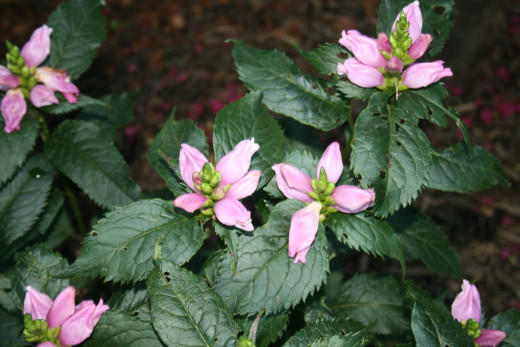
Pink Turtlehead (Chelone lyonii ) ‘Hot Lips’
Like Jack Frost, Turtlehead is a woodland perennial. It grows up to 3 1/2-feet tall with a spread of approximately two feet, so it makes a lovely backdrop for shorter plants. The Hot Lips cultivar is a long bloomer, producing showy pink flowers from late summer to early fall.
The name "turtlehead" is derived from the shape of the plant's flowers, which look like a turtle's head with its mouth open. Hot Lips prefers moist shade. It has deep bronze-green foliage and upright, red stems.
This content is accurate and true to the best of the author’s knowledge and is not meant to substitute for formal and individualized advice from a qualified professional.
© 2011 Jill Spencer
